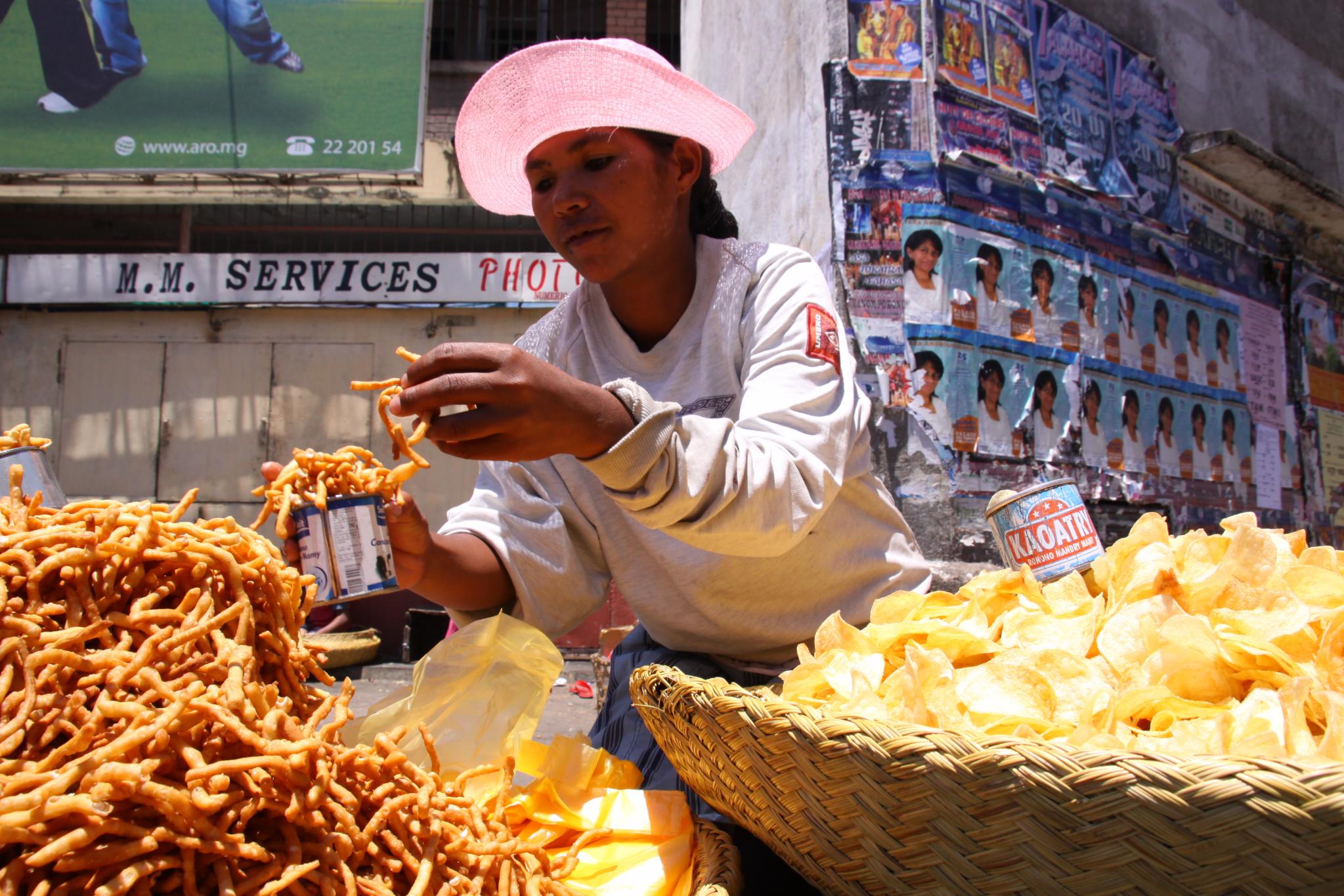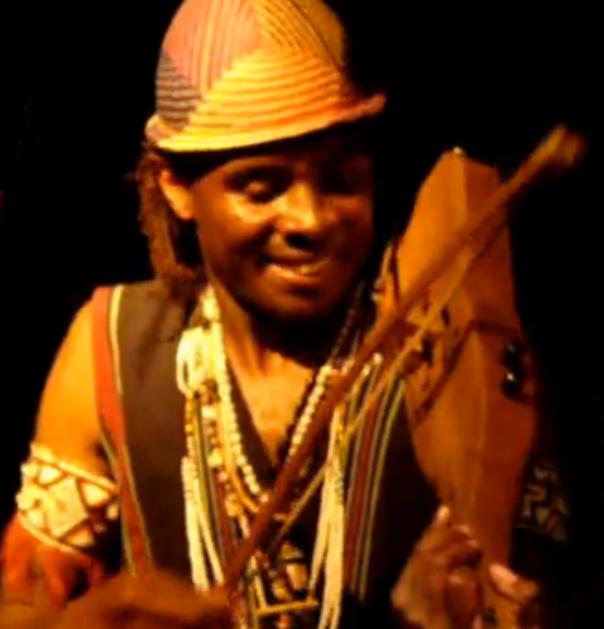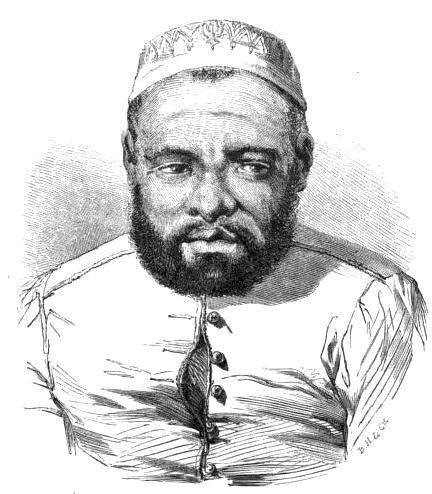|
Madagascar
Madagascar (; mg, Madagasikara, ), officially the Republic of Madagascar ( mg, Repoblikan'i Madagasikara, links=no, ; french: République de Madagascar), is an island country in the Indian Ocean, approximately off the coast of East Africa across the Mozambique Channel. At Madagascar is the world's second-largest island country, after Indonesia. The nation is home to around 30 million inhabitants and consists of the island of Madagascar (the fourth-largest island in the world), along with numerous smaller peripheral islands. Following the prehistoric breakup of the supercontinent Gondwana, Madagascar split from the Indian subcontinent around 90 million years ago, allowing native plants and animals to evolve in relative isolation. Consequently, Madagascar is a biodiversity hotspot; over 90% of its wildlife is endemic. Human settlement of Madagascar occurred during or before the mid first millennium AD by Austronesian peoples, presumably arriving on outrigger cano ... [...More Info...] [...Related Items...] OR: [Wikipedia] [Google] [Baidu] |
Andry Rajoelina
Andry Nirina Rajoelina (Malagasy: ; born 30 May 1974) is a Malagasy politician and businessman who has been the president of Madagascar since 2019. He was previously president of a High Transitional Authority, provisional government from 2009 to 2014 following a 2009 Malagasy political crisis, political crisis and military-backed coup, having held the office of Mayor of Antananarivo, Mayor of Antananarivo for one year prior. Before entering the political arena, Rajoelina was involved in the private sector, including a printing and advertising company called Injet in 1999 and the ''Viva'' radio and television networks in 2007. He formed political party Young Malagasies Determined and was elected Mayor of Antananarivo in 2007. While in this position, he led an opposition movement against then-President Marc Ravalomanana that culminated in a 2009 Malagasy political crisis, 2009 political crisis. Rajoelina was appointed as President of the High Transitional Authority (Madagascar) ... [...More Info...] [...Related Items...] OR: [Wikipedia] [Google] [Baidu] |
Antananarivo
Antananarivo (French language, French: ''Tananarive'', ), also known by its colonial shorthand form Tana, is the Capital city, capital and largest city of Madagascar. The administrative area of the city, known as Antananarivo-Renivohitra ("Antananarivo-Mother Hill" or "Antananarivo-Capital"), is the capital of Analamanga region. The city sits at above sea level in the center of the island, the List of capital cities by elevation, highest national capital by elevation among the Island country, island countries. It has been the country's largest population center since at least the 18th century. The President of Madagascar, presidency, National Assembly of Madagascar, National Assembly, Senate of Madagascar, Senate and Supreme Court are located there, as are List of diplomatic missions in Madagascar, 21 diplomatic missions and the headquarters of many national and international businesses and NGOs. It has more universities, nightclubs, art venues, and medical services than any c ... [...More Info...] [...Related Items...] OR: [Wikipedia] [Google] [Baidu] |
Merina People
The Merina people (also known as the Imerina, Antimerina, or Hova) are the largest ethnic group in Madagascar.Merina people Ethnic Groups of Madagascar Encyclopædia Britannica They are the "highlander" Malagasy ethnic group of the African island and one of the country's eighteen official ethnic groups. Their origins are mixed, predominantly with |
Religion In Madagascar
This article is about the demographic features of the population of Madagascar, including population density, ethnicity, education level, health of the populace, economic status, religious affiliations and other aspects of the population. Madagascar's population is predominantly of mixed Austronesian and East African origin. Population The problem with population estimation in Madagascar is that data is very old and limited. The last population census was carried out in 1993, after an initial 1975 census. There was an attempt at a census in 2009, but this attempt ultimately failed due to political instability. Therefore, the demographic situation is inferred but reliability of any estimates from any source has a large margin of error. According to the total population was in , compared to only 4,084,000 in 1950. The proportion of children below the age of 15 in 2010 was 43.1%, 53.8% was between 15 and 65 years of age, while 3.1% was 65 years or older . [...More Info...] [...Related Items...] OR: [Wikipedia] [Google] [Baidu] |
Ethnic Groups Of Madagascar
This article is about the demographic features of the population of Madagascar, including population density, ethnicity, education level, health of the populace, economic status, religious affiliations and other aspects of the population. Madagascar's population is predominantly of mixed Austronesian and East African origin. Population The problem with population estimation in Madagascar is that data is very old and limited. The last population census was carried out in 1993, after an initial 1975 census. There was an attempt at a census in 2009, but this attempt ultimately failed due to political instability. Therefore, the demographic situation is inferred but reliability of any estimates from any source has a large margin of error. According to the total population was in , compared to only 4,084,000 in 1950. The proportion of children below the age of 15 in 2010 was 43.1%, 53.8% was between 15 and 65 years of age, while 3.1% was 65 years or older . [...More Info...] [...Related Items...] OR: [Wikipedia] [Google] [Baidu] |
Malagasy Language
Malagasy (; ) is an Austronesian language and the national language of Madagascar. Malagasy is the westernmost Malayo-Polynesian language, brought to Madagascar by the settlement of Austronesian peoples from the Sunda islands around the 5th century AD. The Malagasy language is one of the Barito languages and is most closely related to the Ma'anyan language, still spoken on Borneo to this day. Malagasy also includes numerous Malay loanwords, from the time of the early Austronesian settlement and trading between Madagascar and the Sunda Islands. After c. 1000 AD, Malagasy incorporated numerous Bantu and Arabic loanwords, brought over by traders and new settlers. Malagasy is spoken by around 25 million people in Madagascar and the Comoros. Most people in Madagascar speak it as a first language, as do some people of Malagasy descent elsewhere. Malagasy is divided between two main dialect groups; Eastern and Western. The central plateau of the island, where the capital Antanan ... [...More Info...] [...Related Items...] OR: [Wikipedia] [Google] [Baidu] |
Christianity In Madagascar
Christianity in Madagascar is practiced by 85.3% of Madagascar's population according to the Pew Research Center in 2010, often in syncretic form with traditional religious practices. Protestantism was introduced by the first envoys of the London Missionary Society in 1818, who proselytized and taught literacy through a Malagasy language Bible at the public schools they established in the highlands at the request of King Radama I. The number of converts remained low but gradually grew under repression during the reign of his successor, Queen Ranavalona I, and the more permissive religious policies of her son, Radama II, and his widow, Queen Rasoherina. The spread of Protestantism among the Merina upper classes by the mid-19th century, including Queen Ranavalona II, coupled with the growing political influence of the British missionaries, led Prime Minister Rainilaiarivony to legislate the conversion of the royal court. This prompted widespread popular conversion to Protestant ... [...More Info...] [...Related Items...] OR: [Wikipedia] [Google] [Baidu] |
Prime Minister Of Madagascar ...
This is a list of prime ministers of Madagascar, since the establishment of the office of chief minister in 1828, during the Merina Kingdom. List of officeholders ;Political parties ;Other factions ;Status See also * Politics of Madagascar * List of Imerina monarchs * List of colonial governors of Madagascar * List of presidents of Madagascar * Vice President of Madagascar * First Lady of Madagascar Notes External links World Statesmen – Madagascar {{DEFAULTSORT:Prime Minister Of Madagascar Madagascar, Prime Minister of Government of Madagascar Prime Ministers Prime Ministers A prime minister, premier or chief of cabinet is the head of the cabinet and the leader of the ministers in the executive branch of government, often in a parliamentary or semi-presidential system. Under those systems, a prime minister is no ... [...More Info...] [...Related Items...] OR: [Wikipedia] [Google] [Baidu] |
Malagasy People
The Malagasy (french: Malgache) are an Austronesian-speaking African ethnic group native to the island country of Madagascar. Traditionally, the population have been divided by subgroups (tribes or ethnicities). Examples include "Highlander" (ethnically Austronesian/Malay-Indonesian with less Bantu ancestry) groups such as the Merina and Betsileo of the central highlands around Antananarivo, Alaotra ''(Ambatondrazaka)'' and Fianarantsoa, and the "coastal dwellers" (ethnically Bantu with less Austronesian ancestry) with tribes like the Sakalava, Bara, Vezo, Betsimisaraka, Mahafaly, etc. The Merina are also further divided into two subgroups. The “Merina A” are the Hova and Andriana, and have an average of 30–40% Bantu ancestry. The second subgroup is the “Merina B”, the Andevo, who have an average of 40-50% Bantu ancestry. They make up less than 1/3 of Merina society. The Malagasy population was 2,242,000 in the first census in 1900. Their population experienced ... [...More Info...] [...Related Items...] OR: [Wikipedia] [Google] [Baidu] |
Antandroy
The Tandroy are a traditionally nomadic ethnic group of Madagascar inhabiting the arid southern part of the island called Androy, tracing their origins back to the East Africa mainland. In the 17th century however, the Tandroy emerged as a confederation of two groups ruled by the Zafimanara dynasty until flooding caused the kingdom to disband around 1790. The difficult terrain and climate of Tandroy protected and isolated the population, sparing them from subjugation by the Kingdom of Imerina in the 19th century; later, the French colonial authority also struggled to exert its influence over this population. Since independence the Tandroy have suffered prejudice and economic marginalization, prompting widespread migration and intermarriage with other ethnic groups, and leading them to play a key role in protests that sparked the end of President Philibert Tsiranana's administration in 1972. The Tandroy may also be called the Antandroy, but it is technically redundant: ''roy'' ... [...More Info...] [...Related Items...] OR: [Wikipedia] [Google] [Baidu] |
Seal Of Madagascar
The seal of Madagascar ( French: ''Sceau de Madagascar'') includes an outline map of the island at the center (together with two smaller islands nearby-the Glorioso Islands and Tromelin Island), and below it the head of a zebu. Colors used are red, green, yellow, black, and white. Green and red rays emanate from the map, making it look like the sun and also the '' Ravenala'', a plant typical of Madagascar. The device is surrounded by the Malagasy words ''REPOBLIKAN'I MADAGASIKARA'' which means "Republic of Madagascar" and at the base ''TANINDRAZANA - FAHAFAHANA - FANDROSOANA'' meaning "Homeland - Liberty - Development". Various versions of the Constitution Article 4 have used other mottos. Gallery File:Armoiries du Ranavalona II.png, Coat of arms of Queen Ranavalona II File:Coat of arms of the Merina Kingdom.svg, Coat of arms of the Merina Kingdom in 1896 File:Badge of Madagascar (French protectorate).svg, Badge of French protectorate of Madagascar File:Seal of the Government- ... [...More Info...] [...Related Items...] OR: [Wikipedia] [Google] [Baidu] |
Sakalava People
The Sakalava are an ethnic group of Madagascar. They are found on the western and northwest region of the island, in a band along the coast. The Sakalava are one of the smaller ethnic groups, constituting about 6.2 percent of the total population, that is over 1,210,000 in 2014. Their name means "people of the long valleys." They occupy the western edge of the island from Toliara in the south to the Sambirano River in the north. Ethnic identity The Sakalava denominate a number of smaller ethnic groups that once comprised an empire, rather than an ethnic group in its own right. The origin of the word ''Sakalava'' itself is still subject to controversy, as well as its actual meaning. The most common explanation is the modern Malagasy translation of Sakalava meaning long ravines, denoting the relatively flat nature of the land in western Madagascar. Another theory is that the word is possibly from the Arabic ''saqaliba'', which is in turn derived from Late Latin ''sclavus'', mean ... [...More Info...] [...Related Items...] OR: [Wikipedia] [Google] [Baidu] |







